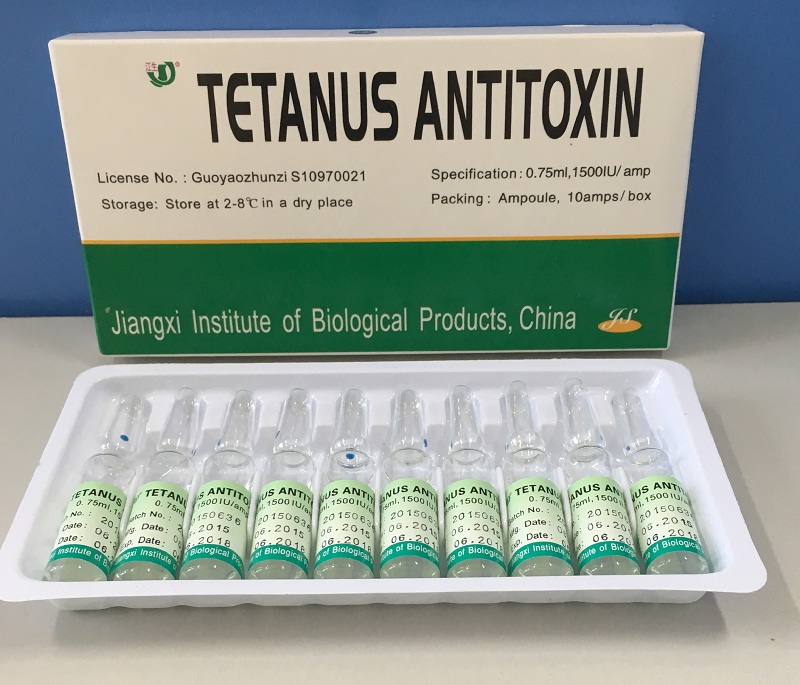The application of differential pressure transmitter is very extensive. In order to ensure its accuracy and normal operation, regular inspection and calibration are very necessary. A method of on-site calibration without removing the pressure guiding tube will now be described. I. Preparation:   We know that the differential pressure transmitter is connected with the pressure guiding tube in the application. In common practice, the pressure tube and differential pressure transmitter's connector need to be disassembled, and then connected to the pressure source for calibration. This is very cumbersome, and the work and labor intensity is high. The most worrying factor is that when the joint is disassembled, the pressure guiding tube is broken or leakage occurs. We know that no matter what type of differential pressure transmitter, the positive and negative pressure chambers have exhaust, drain valves or cocks; this provides us with the convenience of on-site calibration of differential pressure transmitters, that is, without dismantling The pressure tube can calibrate the differential pressure transmitter. When calibrating the differential pressure transmitter, first close the positive and negative valves of the three valve group, open the balancing valve, and then loosen the exhaust, drain valve, or tap to vent. Then replace the positive pressure chamber with a self-made connector. The exhaust, drain valve, or cock; while the negative pressure chamber is kept unscrewed, making it open to the atmosphere. The pressure source is connected to the self-made connector through the rubber hose, the balance valve is closed, and the gas seal is checked. Then the ammeter (voltage meter) and the communicator are connected to the transmitter output circuit, and the calibration is started after the power is warmed up. Second, the calibration of conventional differential pressure transmitter:   First adjust the damping to the zero state, first adjust the zero point, then increase the pressure to full range, so that the output is 20mA. The adjustment in the field is fast. Here, introduce the zero and span quick adjustment method. Zero adjustment has almost no effect on fullness, but when fullness has an effect on the zero point, its effect is approximately 1/5 of the span adjustment without migration, ie 1mA of span is adjusted upwards and the zero point will move approximately 0.2mA upwards. ,vice versa. For example: input full-scale pressure is 100Kpa, the reading is 19.900mA, adjust the range potentiometer to make the output 19.900 + (20.000-19.900) × 1.25 = 20.025mA. When the range increases 0.125mA, the zero increase 1/5 × 0.125 = 0.025 The zero point potentiometer makes the output 20.000mA. After the zero point and full scale are adjusted properly, check the middle scale to see if it is out of tolerance and fine tune if necessary. Then perform the adjustment of the migration, linearity, and damping. Third, the smart differential pressure transmitter calibration Using the above-mentioned conventional method to calibrate the smart transmitter is not feasible because it is determined by the structural principle of the HART transmitter. Because the smart transmitter is between the input pressure source and the generated 4-20mA current signal, in addition to the mechanical and electrical circuits, there is also a microprocessor chip to calculate the input data. Therefore, the adjustment is different from the conventional method. For calibration there are: "set range", "re-quantification", "fine-tuning" points. The "set range" operation is mainly done through the digital setting of LRV.URV, while the "re-quantity range" operation requires that the transmitter is connected to a standard pressure source and guided by a series of instructions. The transmitter senses the actual pressure directly and sets the value. The initial and final setting of the range depends directly on the actual pressure input value. However, to see that although the analog output of the transmitter is correctly related to the input value used, the digital reading of the process value shows a slightly different value, which can be calibrated by a fine-tuning item. As each part needs to be adjusted separately and must be adjusted together, the following steps can be performed during actual calibration: 1. Do a 4-20mA trim once to correct the internal D/A converter of the transmitter. Since it does not involve sensing components, no external pressure signal source is required. 2. Do a full fine-tuning again so that the 4-20mA, digital readout matches the actual applied pressure signal, so a pressure signal source is needed. 3, finally do heavy ration, through the adjustment of the analog output 4-20mA and the additional pressure signal source, its role and the transmitter shell zero (Z), adjust the range (R) switch exactly the same role . 2 ^8 }2 y9 C6 b. D Fourth, some suggestions   After the calibration work is completed, the exhaust, drain valve or cock must be rotated back to its original position, and the raw material tape should be wrapped around. The tightening should be tightened to ensure no leakage, but the positive and negative pressure chambers should be arranged before tightening. Gas, drainage work. At this point, process pressure can also be used to perform simple static pressure error checking of the transmitter. Antitoxin Formulations For Human
The main ingredient of tetanus antitoxin is that horse tetanus immunboglobulin following pepsin digestion. It's used for the prophylaxsis and therapy of tetanus.
The ATS Injection (equine origin) is efficient and affordable for patients, which maket share covers over 70% of China, and it's expored to over 20 countries, especially to Afica, southeast Asia, South Asia. We offer an array of tetanus antitoxin injection in different strength, there are 1500IU, 3000IU, 5000IU, 10000IU.
Antitoxin Formulations For Human,Tetanus Antitoxin,Tetanus Antitoxin Formulations,Antitoxin Formulations Essential Drug Jiangxi Institute of Biological Products Inc. , https://www.jxinstitute.com